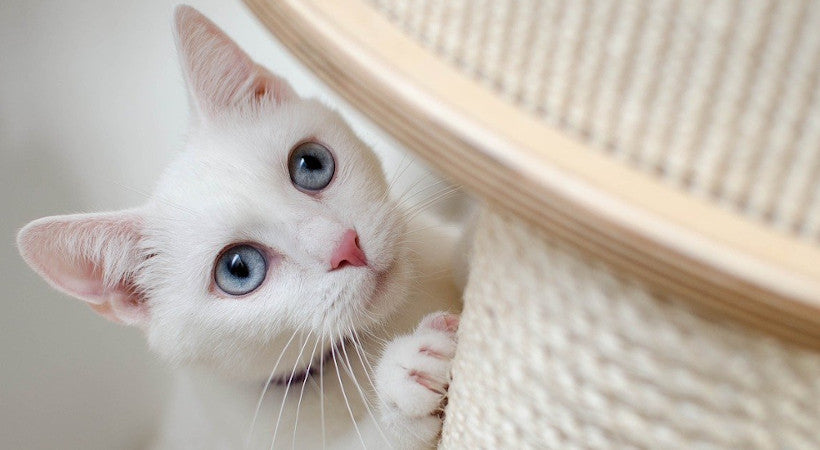Beagle Lifespan: How Long Do Beagles Live? (Life Expectancy)

How to Tell if Your Cat is in Pain
I often think the first rule of being a cat is never to let anyone know something hurts. I have seen cats with abscessed teeth eat bowls of food and cats walk on casted legs. Yet identifying pain, and the source of pain, is a key part of being able to care for your cat. How then, can you tell if your cat is in pain?
Do Cats Show Signs of Pain?
Cats do actually show pain, just not in ways we easily pick up on. Cats will rarely cry out in pain or complain vocally. And they won’t hobble or come to their human and whine. A cat figures out how to hide pain as best they can and go on about their business.
Know Your Cat's Routine
Given this, first and foremost you must know your cat well. Overall cats are creatures of habit, they have favorite places to sleep, hide, play, favorite toys and treats. They have preferred ways of showing affection and being patted. Any change in a cat’s normal behavior is indicative of something. Is your cat mad that you moved their favorite chair? Or is there another reason they haven’t been sunning themselves in that room?
Monitor Your Cat's Activity and Check for Injury

Pain often makes cats less active. They may still play a little, or maybe hop up on the couch, but not as frequently. Reluctance to jump or climb or play is often indicative of pain. Depending on how well you and your cat get along you might be able to do a quick examination yourself. Keep in mind, if you hit a painful spot, you may get scratched or bitten, so most people leave this part to the vet. When your cat is relaxed, you can feel along each leg and joint and gently move them.
If a joint or limb is painful with a certain movement your cat will respond somehow. It could be getting tense or growling, it could be a swat, it could be to just pull away and give you a dirty look. That gives you a starting point at least. If you have an older pet they might be getting arthritic, if they are very active maybe they sprained something, or it could even be a puncture wound starting to get infected, which is an injury often unseen until it blows up in an abscess.
Watch Your Cat's Breathing
Watch your cat at rest. A reliable sign of pain is how they are breathing. A cat in pain breathes faster. Their heart rate may go up, too, but it’s easier to see them breathe than take their pulse. If their breathing is from lower on the abdomen, behind the ribs, that is also reliable sign of pain. See if you can get them to relax by patting them gently, offering a favorite treat, and watch their response. A cat in pain generally doesn’t want treats or want to be bothered and will be reluctant to take their treat, if they take it at all.
Changes in Behavior

A cat in pain has a bad attitude. They are often grumpy and do not want to be bothered. They hide. Hey, have you seen kitty lately? She is usually underfoot? Kitty is hiding, something is wrong, she might be in pain. Cats in pain can also lash out unexpectedly. Kitty bit me for no reason! We were sitting on the couch watching TV and suddenly she bit me!
Well what happened there is kitty suddenly felt a stab of pain and you happened to be the closest target to express herself on. The cats I have seen display this behavior either had serious neurological issues or were in extreme pain. The cat who comes to my mind had mouth cancer hiding under her tongue.
Is Your Cat Eating Normally?
A cat in pain eats less. Along with wanting to hide and not participate in the world in general a cat in pain will eat less, or be less enthusiastic about food. If your cat is not eating at all, there is something seriously wrong. Watch your cat eat. Are they tilting their head? Are they drooling? Do they shake their head? Cats with tooth pain often will give a head jerk and sometime even say Yow while eating. Mouth pain will also sometimes make them paw at their mouth.
Very little advice applies 100% to every cat. It is important you know your cat and what is normal for your cat. These are common signs to look for, and hopefully will help you be able to better assess how your cat is feeling. Changes in routine are a sign of some kind of change in their life. Watching their behavior can tell you a lot about how they are feeling. Avoiding activities such as jumping or playing or eating, increased aggression and irritability, drooling, and rapid breathing are all warning signs that your cat is hurting.
Related Articles:










